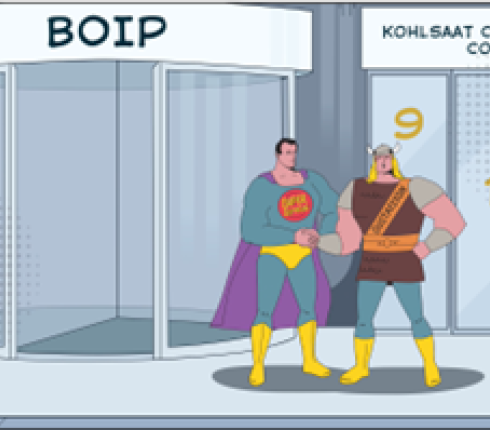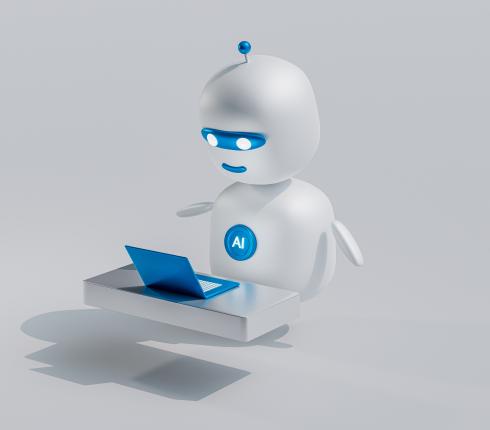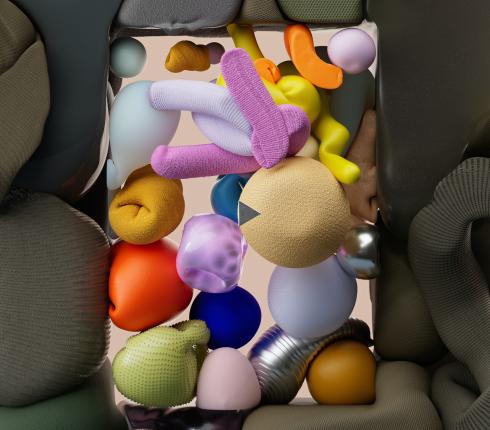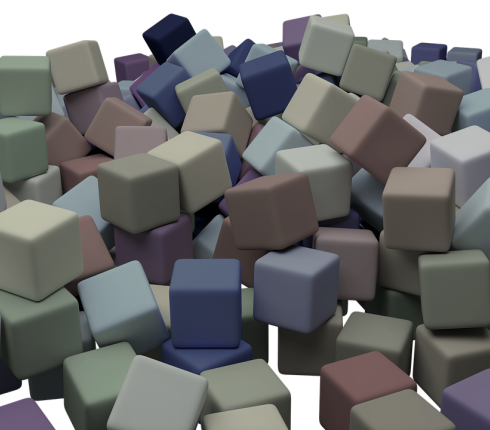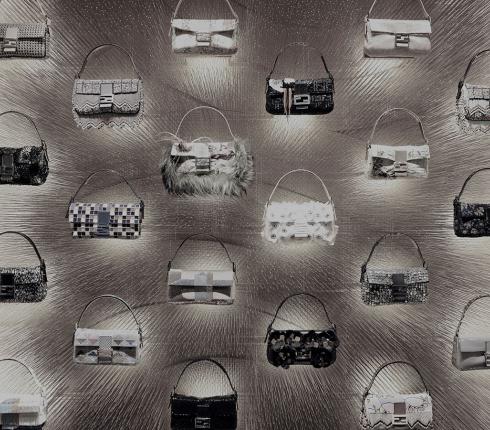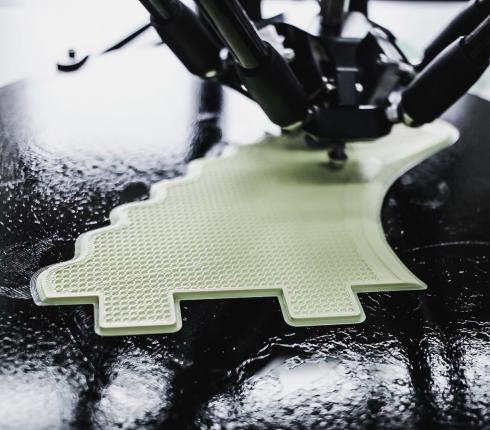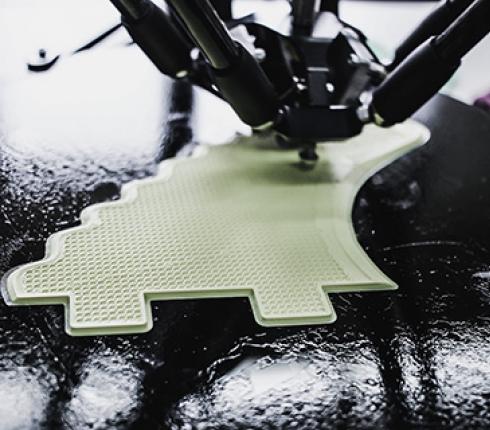3D printing – Who is liable for your defective 3D printed objects?
3D printing is already a well-known concept as it offers individuals the possibility to print objects in a wide variety of materials. In fact, it goes as far as allowing food and medicine manufacturing, and even used for the creation of human tissue.
To print in 3D, the 3D printer needs a CAD file (computer-aided design file) that is the technical drawing containing the design of the object that the 3D printer will read.
3D printing could be a disruptive technology because it is decentralized and inexpensive, and everyone is able to order a 3D print by sending a CAD file online to a 3D printer service provider. This technology, however, poses several problems regarding the control of the final product, the possibility of creating counterfeit products and also harbours some cybersecurity risks. From a legal perspective the main issues in 3D printing are the protection of intellectual property rights and assessing liability for wrongdoings.
As the process itself is decentralized so that one person can design the CAD file, another person can print it, and, in the end, it is a third person that will use it, thus, making it complicated from a legal point of view to apply safety and compliance rules.
Protection of intellectual property rights
To be able to handle the legal issues of 3D printing properly, we need to distinguish between (i) the CAD file protection (a result of a creative process) from (ii) the printed object protection (which is the result of the dissemination process). A CAD file consists of data, that is built using CAD software (for example in AutoCAD) and has its material support normally in a DWG file format that can be imported to a PDF file.
Data cannot be protected by copyright law, only through a business secret protection regime. Software as such is protected by copyright in Europe. The owner of copyright, the creator, always has the choice to practice his or her rights in the way he or she finds it convenient. A question arises about the copyright protection of the CAD file when there is no artistic creation behind it. It might still qualify for protection under the sui generis database protection rights, if it can be proven that considerable effort was made in the compilation of that more utilitarian set of data.
During the dissemination process, when the physical object is printed and can be distributed, the legal approach differs from the CAD analysis. Now copyright protection loses its strength and industrial property rights such as patents and designs bring the most accurate protection. Why is it so? Because the real creator of a printed object cannot be the person that orders the machine to print, but it is the creator that has made the design in the CAD file. This way, if the designer/creator wants to extend the protection to the full creation and dissemination process, that might be possible only if adding patent or design right protection.
When the requirements for patent protection (technical development, novelty, inventive step and industrial applicability) are met, the entire process can be granted to its creator, then called the inventor. However, it is important to highlight that software cannot be patented as such in Europe. The technical development constitutes the key for a possible inclusion of the software functionalities in a patent.
Design protection is another way to protect the printed object by hindering someone else to copy the shape and configuration of the product. It is important to register a design for more effective protection.
This means that legal rules that are now applicable for 3D printing existed long before 3D printing was possible, and these rules apply and protect the entire additive manufacturing process. The entire intellectual and industrial property legal framework is well prepared to deal with this technology in Europe. The biggest problem is that the solutions are very variable depending on the specific case. This is why you always need to make a case-by-case analysis to assure the creator’s / owner’s / inventor’s / designer’s rights.
Facing all the variables of 3D printing rights, the obligations and liabilities, it is recommended to take all the preventive measures that are possible to create predictability in each specific case. For this purpose, it is important to draft clear and binding terms and conditions in case of licensing and to draft a license agreement that regulates solutions for disputes arising from the 3D printing processes. This way, you may, for example transfer liability away from the creator of the CAD file.
Consumer Protection
The absence of a manufacturer acting as an intermediary between the creator of the CAD file and the final consumer, when we are dealing with privately owned 3D printers, creates the problem of product liability or warranty for defective products. This can have severe consequences for consumer protection in general.
Who is liable for the final defective product? In a situation when the object is printed at home, the fault can be attributed to: a) the CAD file designer; b) the seller of the 3D printer or; 3) the seller of the printing material. If one of them is a legal entity, consumer protection can help the consumer and effectively hold a liable person responsible for defective goods. However, in a situation when the seller of the faulty object is a private individual it would be more difficult for a consumer to prove that the defect happened on that specific stage of the process that was the cause for the product to become defective.
Another problem affecting consumers of 3D print technology is the fact that when using products and services provided by companies, the terms and conditions are always pre-determined and without any possibility to be changed. Disclaimers of warranty and limitations of liability will almost always be drafted to exclude as much liability as possible.
FACTS REGARDING PROTECTION FOR INTELLECTUAL PROPERTY:
| Intellectual property | Protection | Owner |
| Data | Business secret | Creator |
| Invention | Patent (industrial property) | Inventor |
| Software code | Copyright | owner |
| Design | Design protection | Designer |
| Data base | Copyright | |






